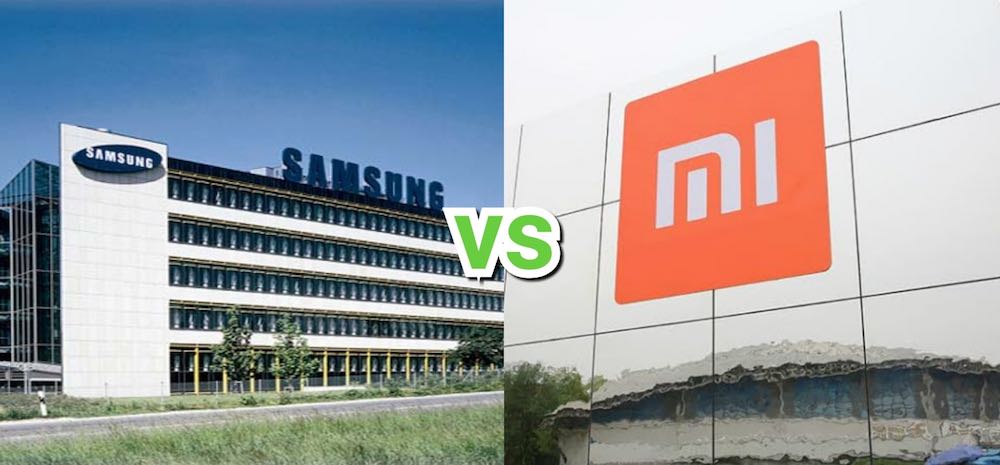Samsung Beats Xiaomi in India – Becomes No. 1 Smartphone Brand Again!
The war between Samsung and Xiaomi has now reached an interesting stage.

The South Korean tech giant Samsung held the crown for being the number one smartphone brand in India for the longest time. Though, in the last few quaryers, the dominance of Chinese brands overshadowed Samsung in the Indian market.
Xiaomi, who entered the Indian shores in late 2014, dethroned Samsung to become the number one smartphone brand in the country last year.
After a brief impact of Xiaomi, Samsung is back again to the top spot. The company has seen a phenomenal growth in terms of smartphone sales in the last quarter, and is now the current leading smartphone brand in the second quarter of 2018.
Contents
Samsung Beats Xiaomi
Xiaomi dominated the Indian market for the last two quarters beating Samsung to become the number one smartphone brand in the country. Samsung has bounced back in the second quarter of 2018 with a massive rise in sales, primarily in the offline space.
The company has grabbed a 29 per cent market share in the last quarter, selling over ten million smartphones in the country in Q2 2018.
Can Samsung Keep Up? Xiaomi is Close
Samsung may have topped the topped the chart, but its closest rival Xiaomi is standing at a 28 per cent market share, a few thousand units less than Samsung. With Xiaomi’s upcoming much-successful Mi A1 successor Mi A2 on the way, the Xiaomi sales will see a jump in the current quarter.
Samsung needs to work on its offline market where it’s way ahead of Xiaomi to maintain is current crown.
Chinese Companies Dominate The Indian Market
Out of the top five smartphone brands with the majority market share, four are from China – Xiaomi, Vivo, Oppo and Honor (Huawei). If Samsung is included, the top five currently captures 82 per cent of the total smartphone market in India.
After Samsung and Xiaomi, the list has Vivo at third with 12 per cent, followed by Oppo with 10 per cent and Honor with 3 per cent.
|
|
||
| Brands | Market Share | Units Sold |
| Samsung | 29% | 10+ million |
| Xiaomi | 28% | 10+ million |
| Vivo | 12% | 3.6 million |
| Oppo | 10% | 3.1 million |
| Honor | 3% | 1.2 million |
The demand in smartphones has seen rise as well, where the growth is 18 per cent year-on-year. In the last quarter the growth in sales remained flat. Apple was the biggest loser in the last quarter, where it’s sales dropped further with a mere 1 per cent market share.
It’s Apple’s lowest growth in India in the last few years, who is going through a change in terms of changes in its distribution strategy and domestic manufacturing in the country.
How Did Samsung Beat Xiaomi?
Samsung still enjoys a huge popularity among the Indian population backed by their brand value and after-sales services. Also the South Korean company has worked really well in terms of their offline distribution and aggressive marketing.
Xiaomi has repeatedly lacked a stronger offline market owing to thin seller-margins and minimal advertising.
Samsung on the other hand has spent well in their marketing and advertising campaigns, and its ‘J’ series have helped the brand to stay ahead in the competition in India. The extremely popular ‘J’ series helped Samsung to gain a huge part of the market share during the quarter.
Samsung has a perfect product and supply chain strategy backed by their nation-wide after sales service points, where Xiaomi has lacked repeatedly. Also, the recent launches in the budget category and its wide availability in the offline market helped Samsung to beat Xiaomi.

Very Nice Info. Hope so We will get Value for money smartphones from Samsung as well.
28 – 29
only 1% difference is not a difference to be counted
yes it should be considered as a sum